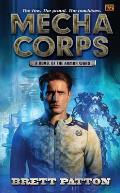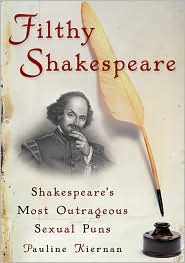 Song of the Red Cloak by Chantel Acevedo reads like one of those high budget movies where the guys wear little skirts and have impeccable abs. 300 has nothing on the world Acevedo created in her YA fantasy which is an ode to Spartan lore.
Song of the Red Cloak by Chantel Acevedo reads like one of those high budget movies where the guys wear little skirts and have impeccable abs. 300 has nothing on the world Acevedo created in her YA fantasy which is an ode to Spartan lore. The book begins with two fathers testing their newborn Spartan sons by pouring wine over their faces to take away their air and test their mettle. Think of it as water boarding the ancient way. One baby cries while the other responds with silence.
Next we have a vision from a Sybil that predicts doom in a way only a Sybil can. A vague prophecy stating that if both the boys are allowed to live then Sparta will be doomed. A dog’s expert nose decides the fate of the newborn prince who must perish but while his father is holding him over the pit he was bade to toss him into he is overcome with grief. For the quiet child chose this moment to cry and a downtrodden father returns to his palace shamed because he did not do his duty and murder his son.
Fast forward a few years and we are at the Spartan Academy where both princes are in attendance. Here is where the story takes off at a breathtaking pace and the plot begins to weave through the prophecy with startling conclusions.
Acevado brought the world of the Spartans to my front door. I was enamored by the amount of research that had to go into the writing of this novel and impressed by how much culture I consumed while reading for entertainment.
Song of the Red Cloak has it all: Spartans, battles, vague prophecy and the added bonus of feeling true to the period. The relationships between the two princes, their friends and the slaves are noteworthy and meaningful. I think the book is a fabulous contribution to the YA historical genre. Do you like historical novels?








 I read a lot of comic books. With some exceptions (Hellboy,
I read a lot of comic books. With some exceptions (Hellboy, 





 Ever wonder what the Bard was on about? I mean, really on about? If you've read Romeo and Juliet or Hamlet for English class (and if you haven't, you probably will), you've probably figured out that there are some double meanings in the text. And if you've ever been to a live production of one of his plays, the snickers from at least some of the members of the audience have probably cued you in to the fact that just because it's Shakespeare doesn't mean it's high-brow. In fact, Shakespeare's plays were well-loved by the (unwashed - literally) masses during his lifetime, and with good reason: even the tragedies have really bawdy bits in them.
Ever wonder what the Bard was on about? I mean, really on about? If you've read Romeo and Juliet or Hamlet for English class (and if you haven't, you probably will), you've probably figured out that there are some double meanings in the text. And if you've ever been to a live production of one of his plays, the snickers from at least some of the members of the audience have probably cued you in to the fact that just because it's Shakespeare doesn't mean it's high-brow. In fact, Shakespeare's plays were well-loved by the (unwashed - literally) masses during his lifetime, and with good reason: even the tragedies have really bawdy bits in them.




